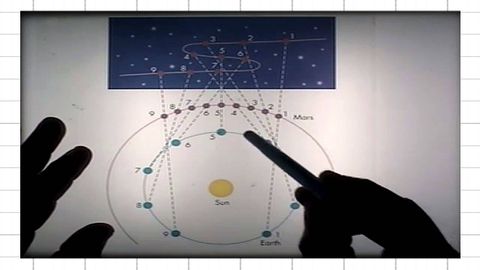
字幕與單字
ASTR 1P01, CLIP 56: Epicycles; Retrograde Motions in Geocentric and Heliocentric Models(地心和日心模型中的逆行運動) (ASTR 1P01, CLIP 56: Epicycles; Retrograde Motions in the Geocentric and Heliocentric Models)
00
QAM Chen 發佈於 2021 年 01 月 14 日收藏
影片單字
使用能量
解鎖所有單字
解鎖發音、解釋及篩選功能
